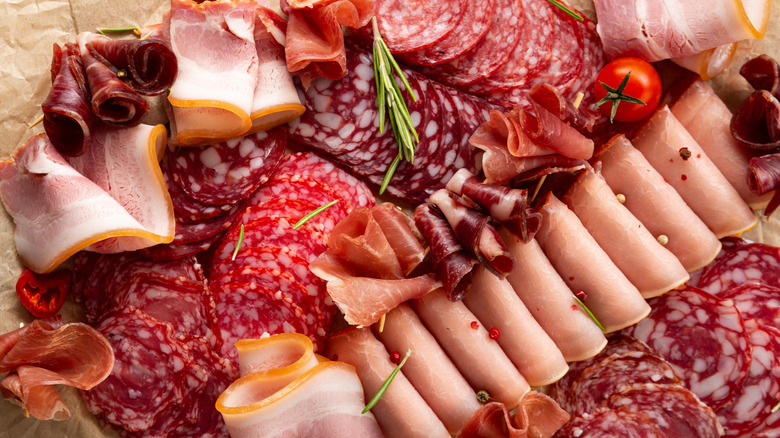Capicola Vs Honey Ham: How Do They Compare?
Despite what you might see at the grocery store or at your nearest sandwich shop, there are a lot of under-the-radar deli meat options out there. Just the pork protein alone has so many different ways of being prepared, cooked, and served that most people don't know about. With so many varieties, it can be hard to tell them all apart.
Capicola and honey ham are both relatively well liked, but few actually know what makes them different. It mostly comes down to the cut of meat used and cooking method. Overall, capicola is made using pork shoulder and is dry cured, while honey ham is made using pork shank and is wet cured.
These differences result in both meats having their distinct flavor profiles and textures. Despite the fact that they are both made from pork, curing methods can cause a lot of changes to the way meat smells, tastes, and feels. As a result, both capicola and honey ham are equally delicious but noticeably different.
What is capicola?
Sometimes called "capocollo" or "coppa," capicola is made from pork shoulder; in some cases, it can also be made from pork neck. The use of seasonings during the dry curing process gives capicola a bolder and punchier flavor. Some of the spices used are spicy as well, giving capicola a little more kick than other cured pork meats.
Capicola is considered an Italian-style type of cured ham and is often sliced quite thinly. As such, it is often confused with prosciutto due to their similar thinness and how similar their curing process is and how popular they are in Italian delis.
When it comes to serving it up, capicola is typically served cold and often featured in light Italian fare, such as antipastos, and can also find its way onto a more mainstream charcuterie board. Outside of Italian restaurants and delis, it has made its way into a variety of sandwiches. Paninis, muffulettas, and subs are all popular places to find a bit of capicola.
What is honey ham?
Unlike capicola, honey ham is made from meat from the lower body portion of a pig. Typically, honey ham is made from shank, also known as the meat on the lower half of a pig leg. While capicola is dry-cured with seasonings, honey ham is wet-cured using brine.
Curing brine for honey ham usually consists of honey, sugar, and spices, with the high amount of honey used giving honey ham its classic name. Maple syrup is sometimes used as an alternative to honey. Regardless, sweetener makes up at least half of the brine's components, which imparts a distinct sugariness that contrasts with the meat's savory flavor profile.
This brine also gives honey ham a thin crust that capicola does not have. Unlike capicola, honey ham can be served either hot or cold and is not associated with one specific style of cuisine, though you can often find it in spring picnic fare and Easter celebrations. This is due to the preservation process, which had pigs slaughtered in fall, while their meat went through smoking and curing over winter. By spring, it was finally ready for consumption. Enjoyed as a main protein, honey ham also tends to be thicker cut than capicola.


